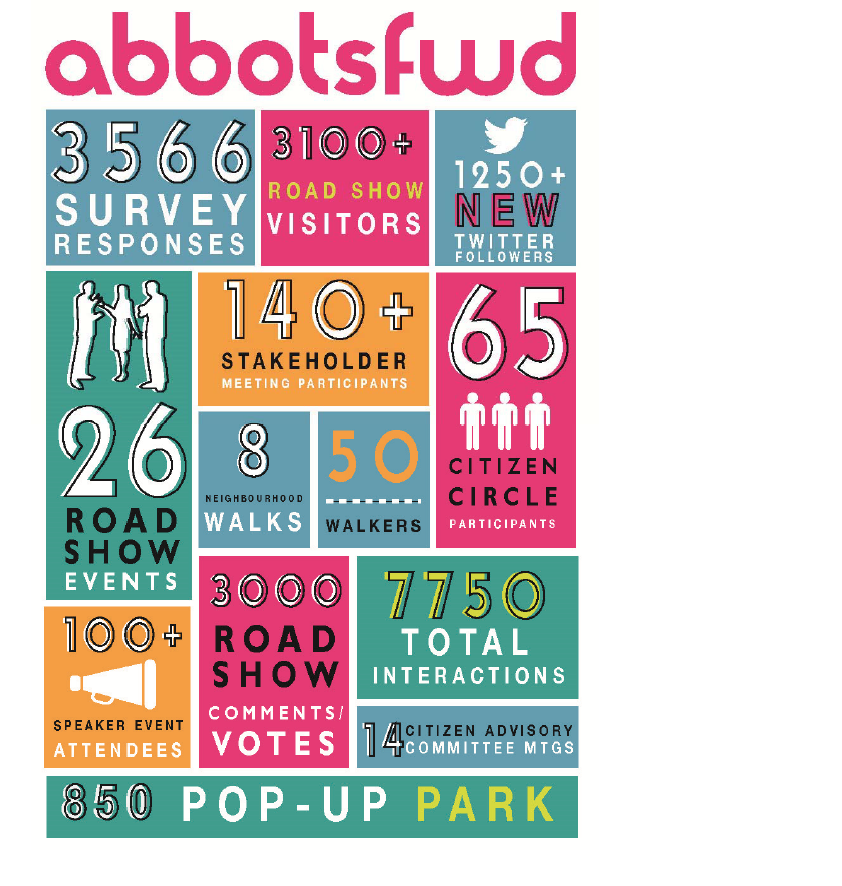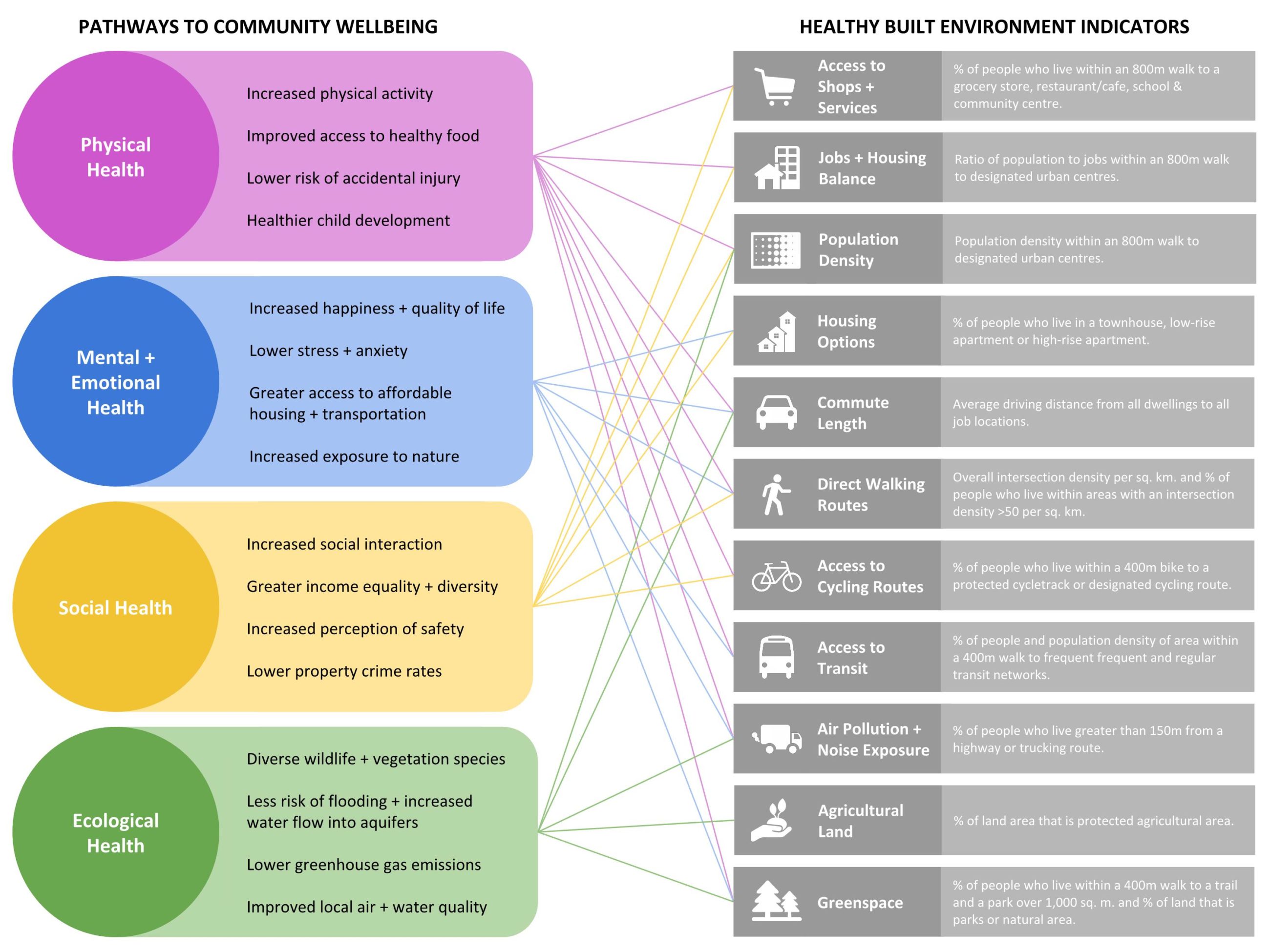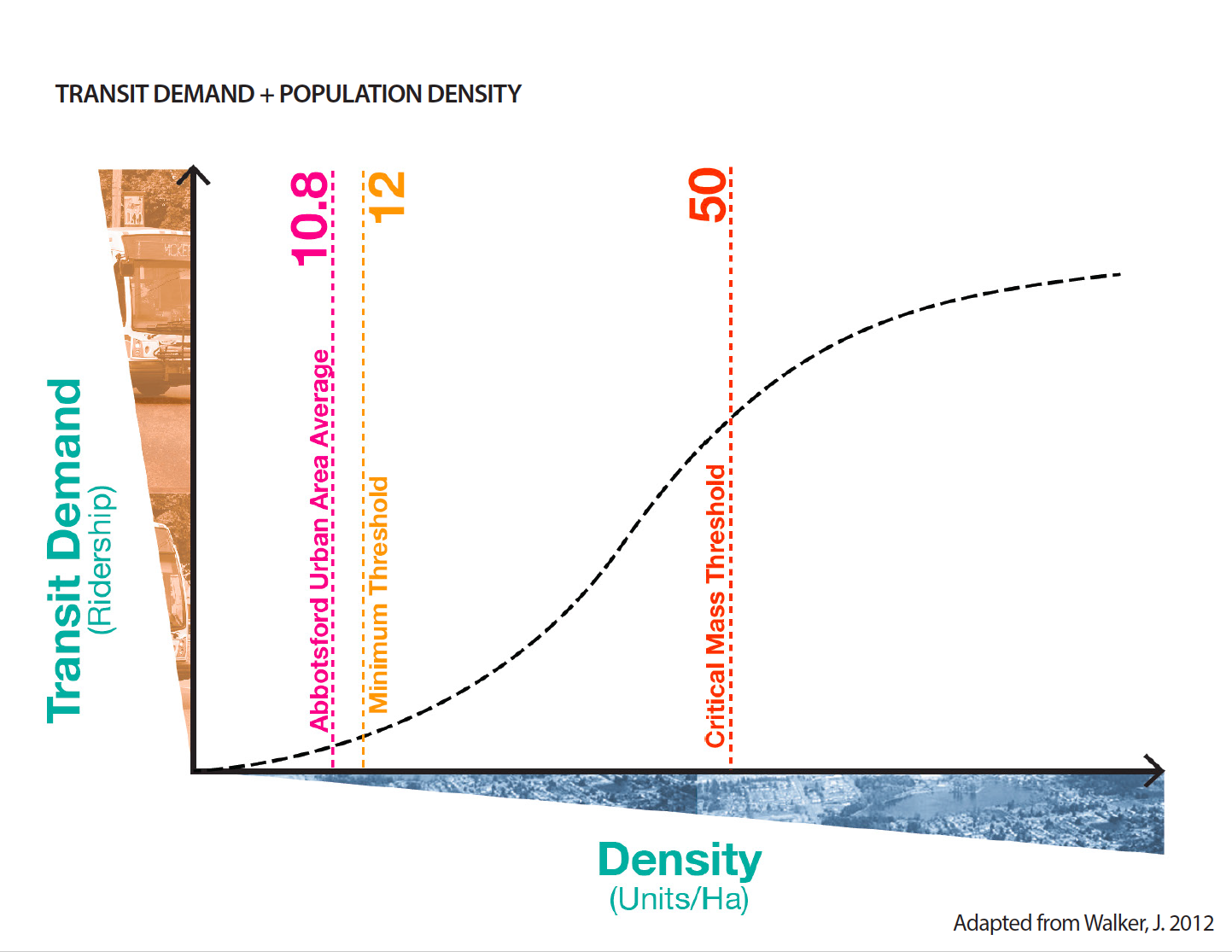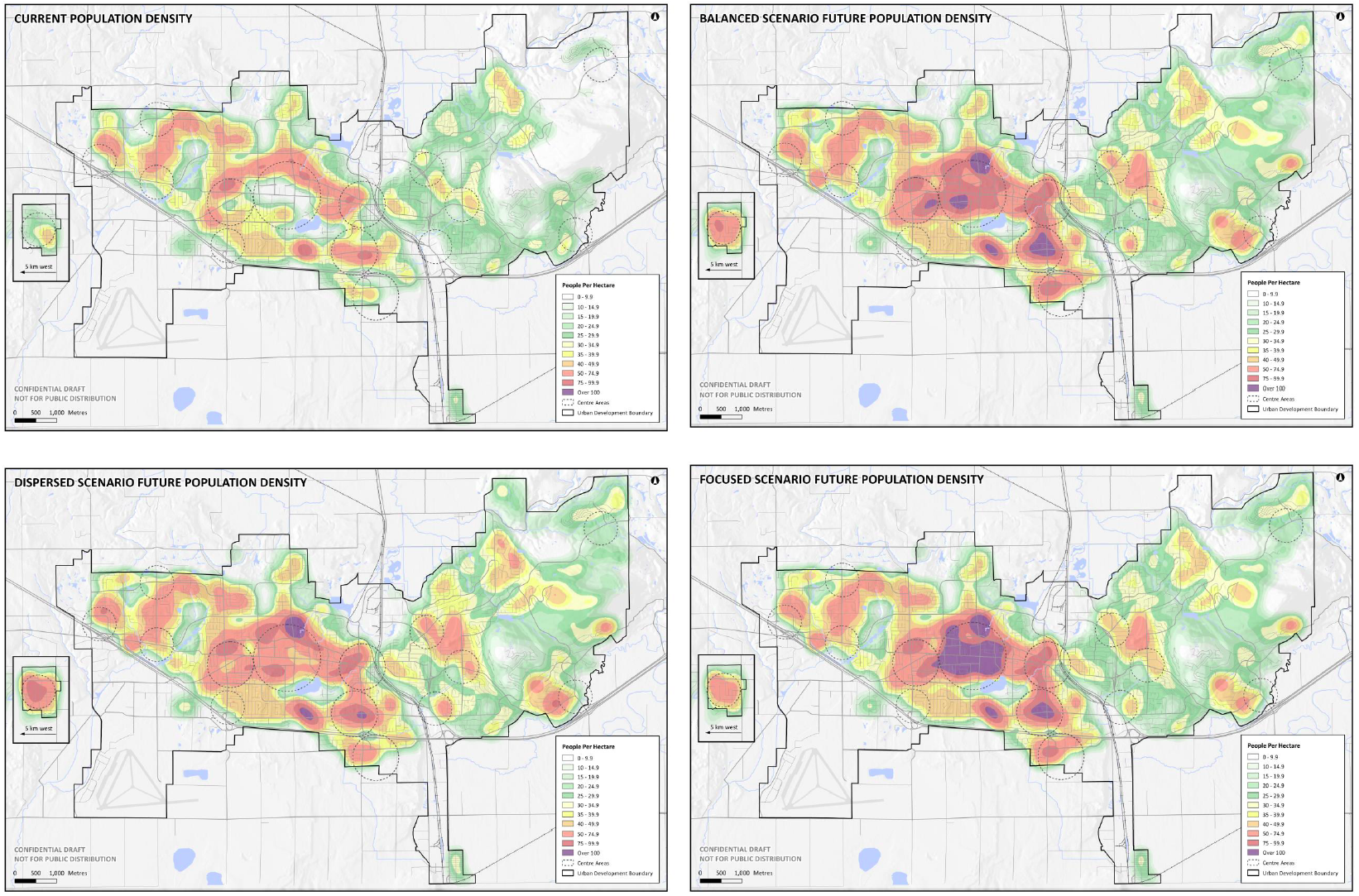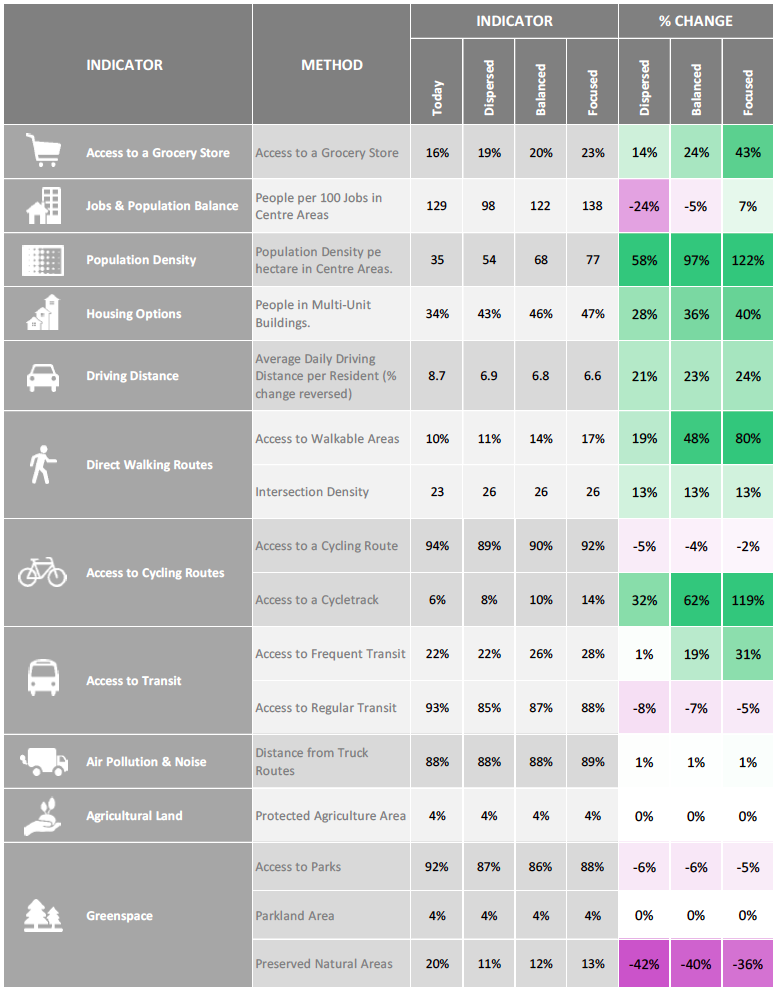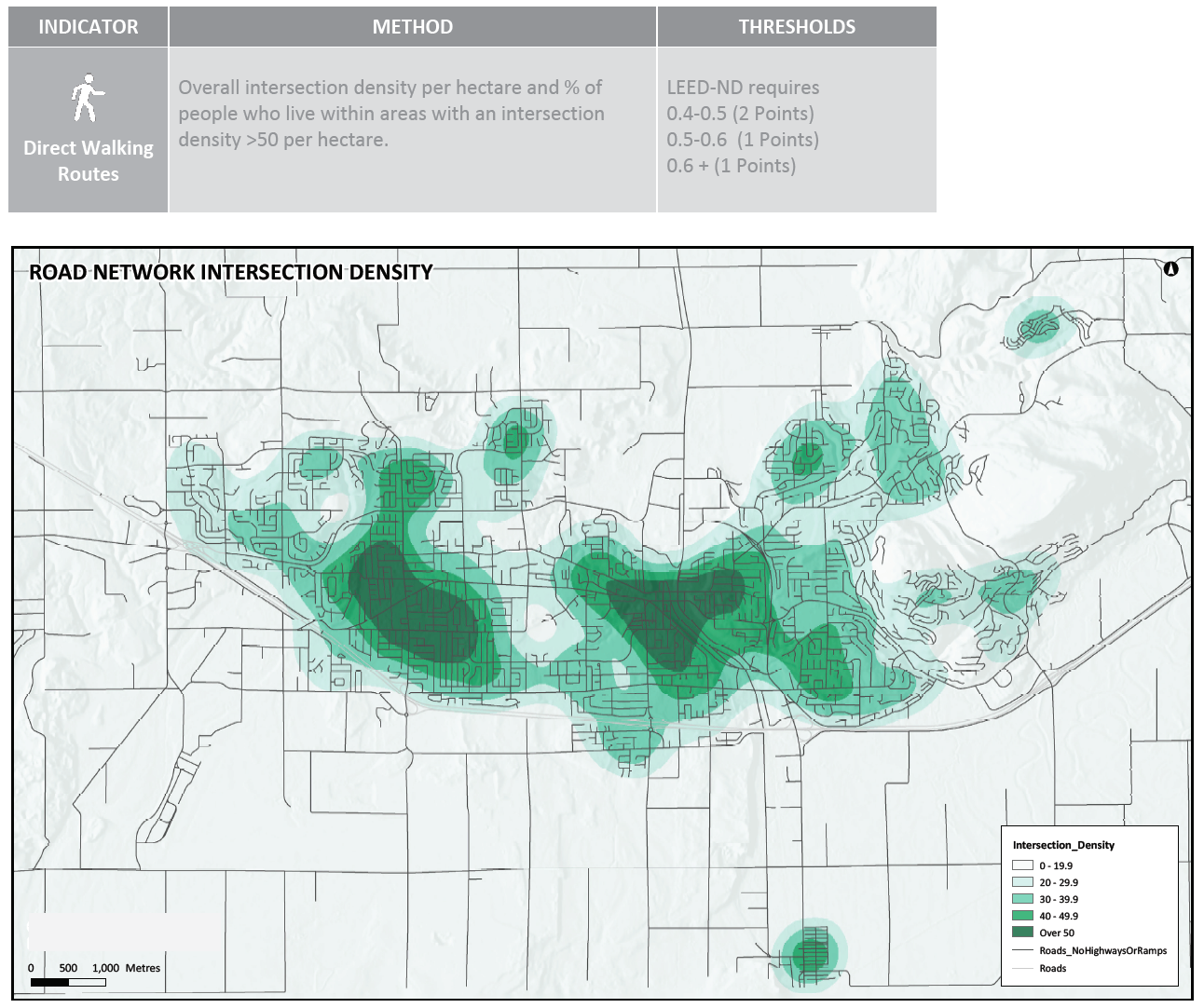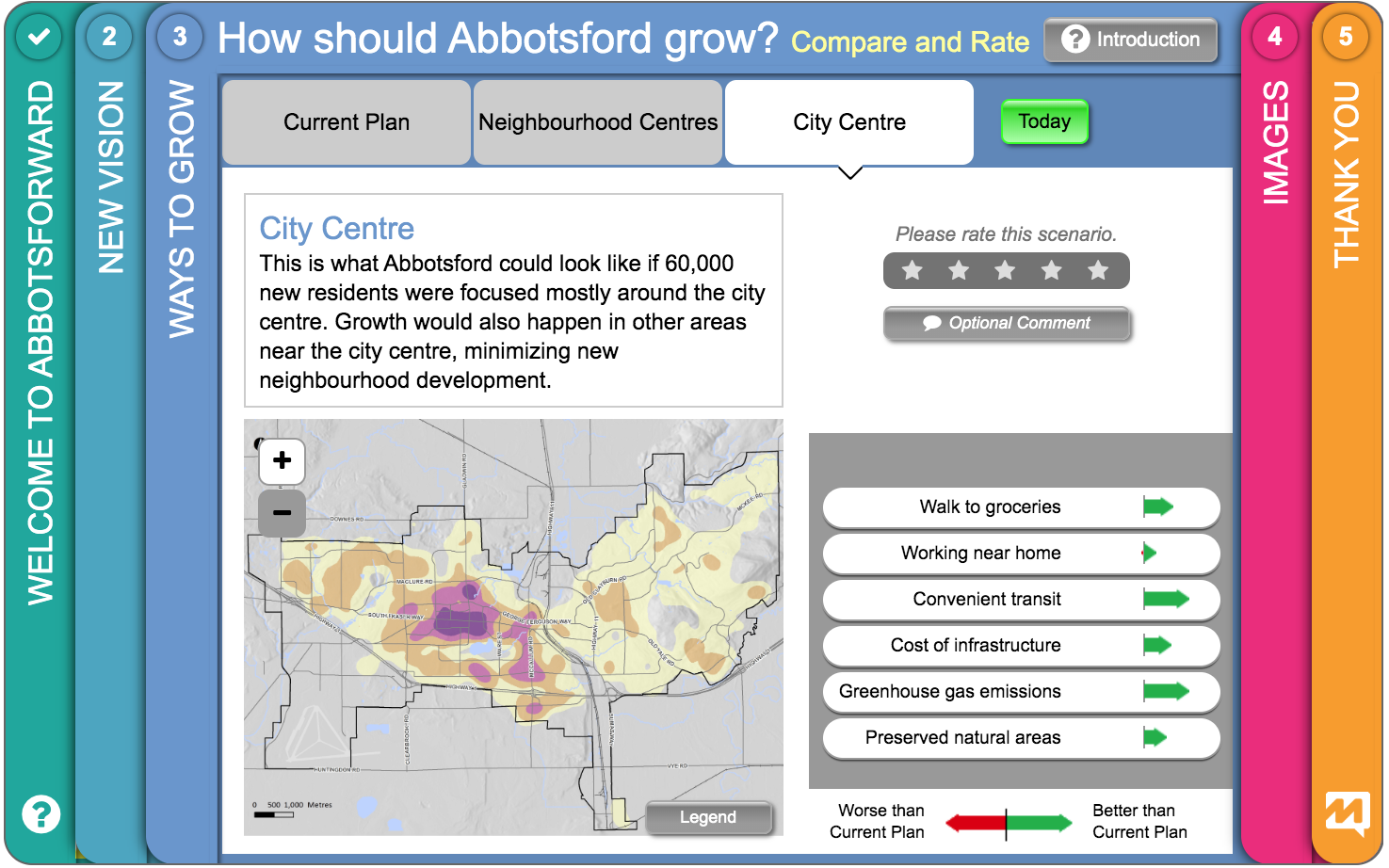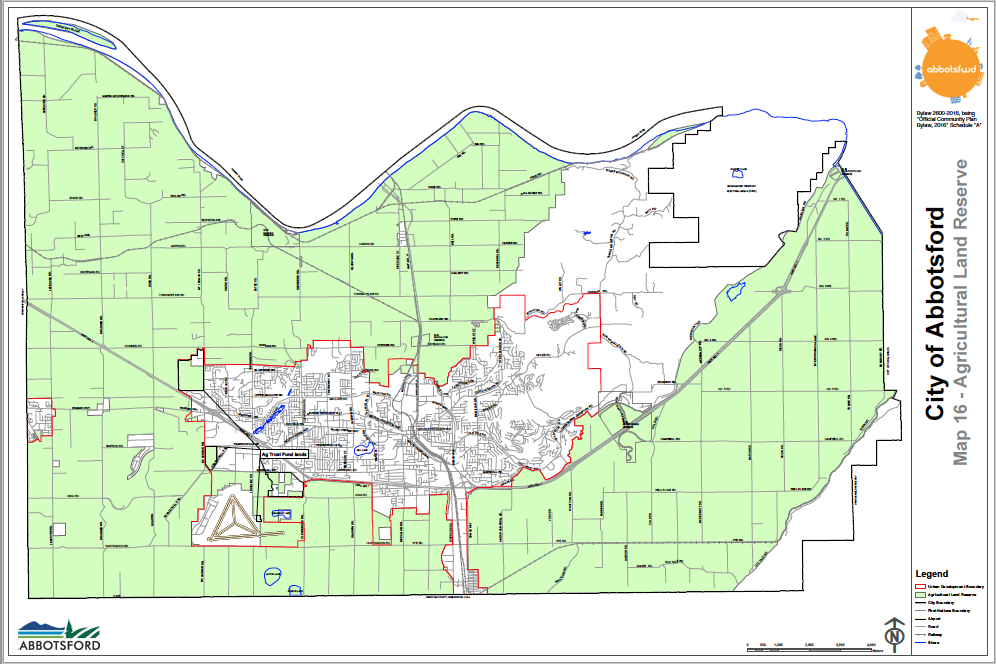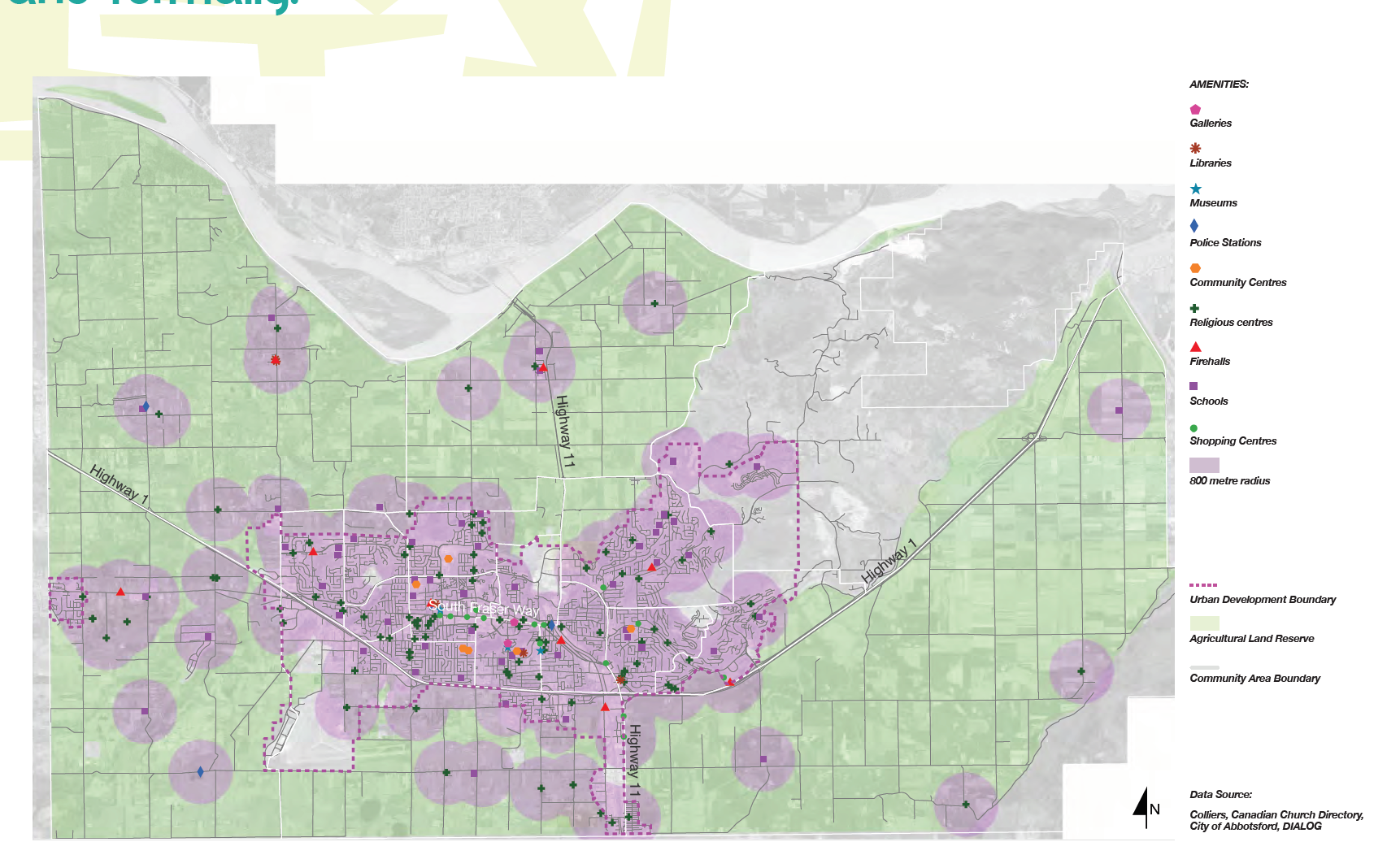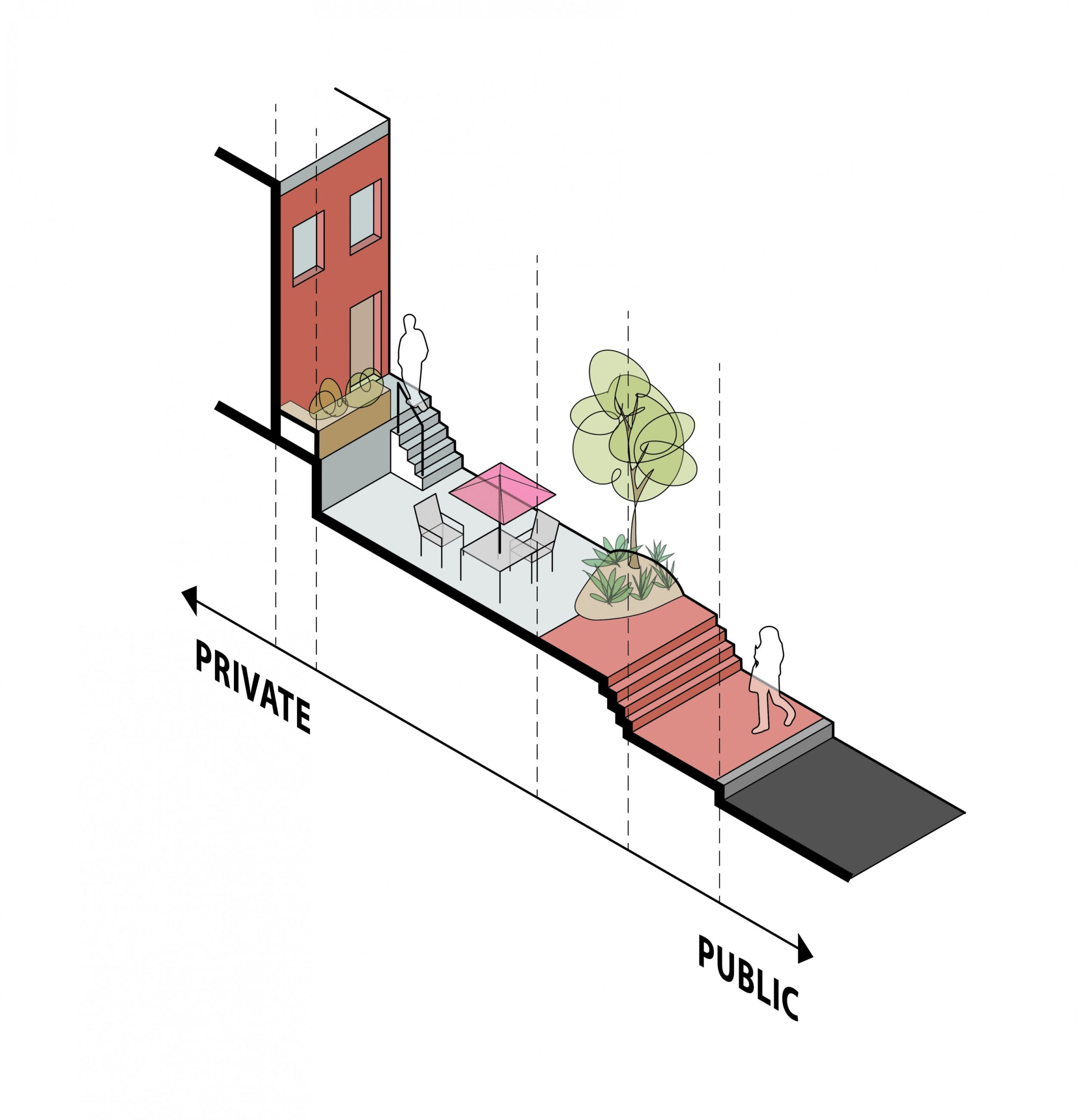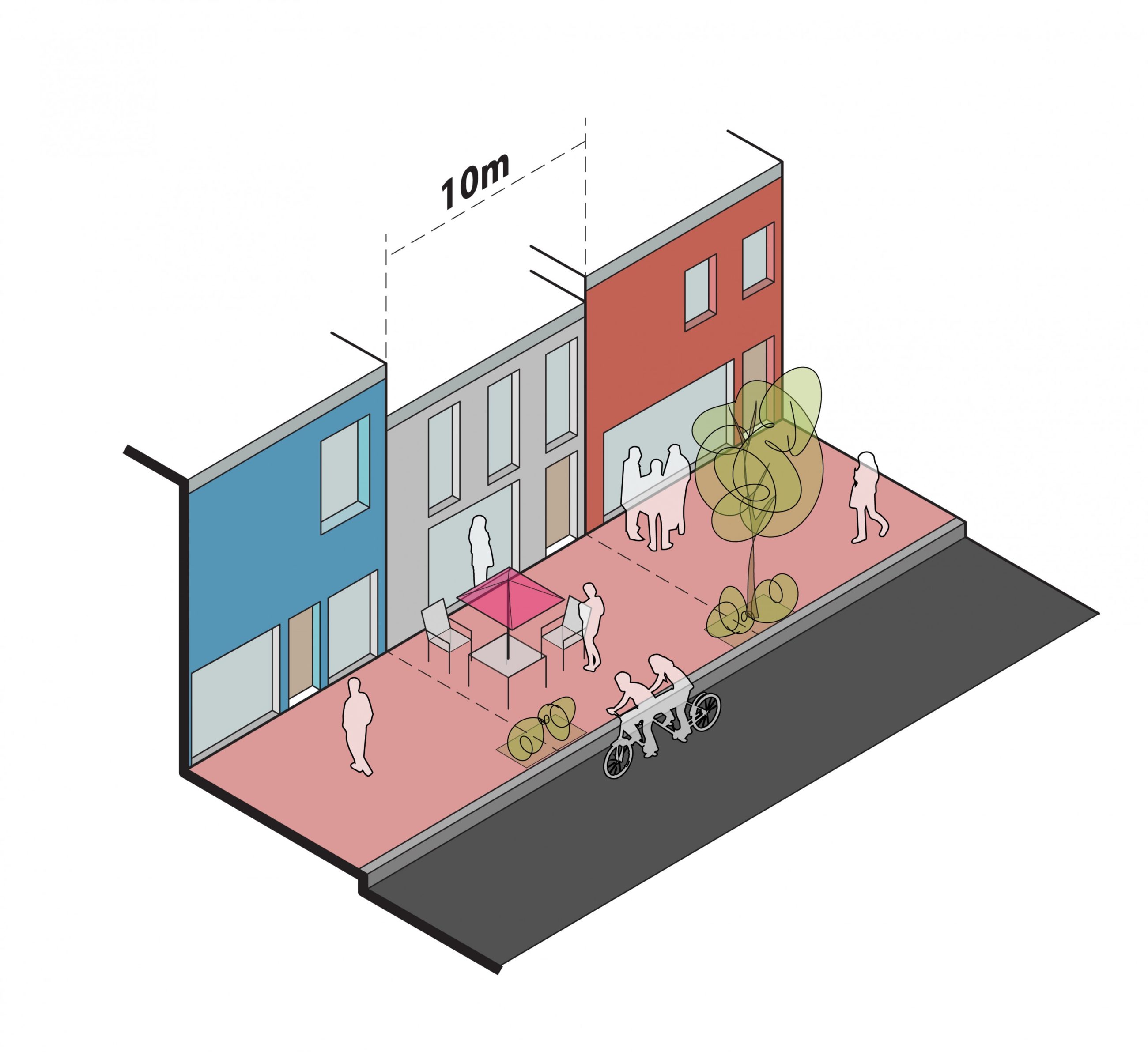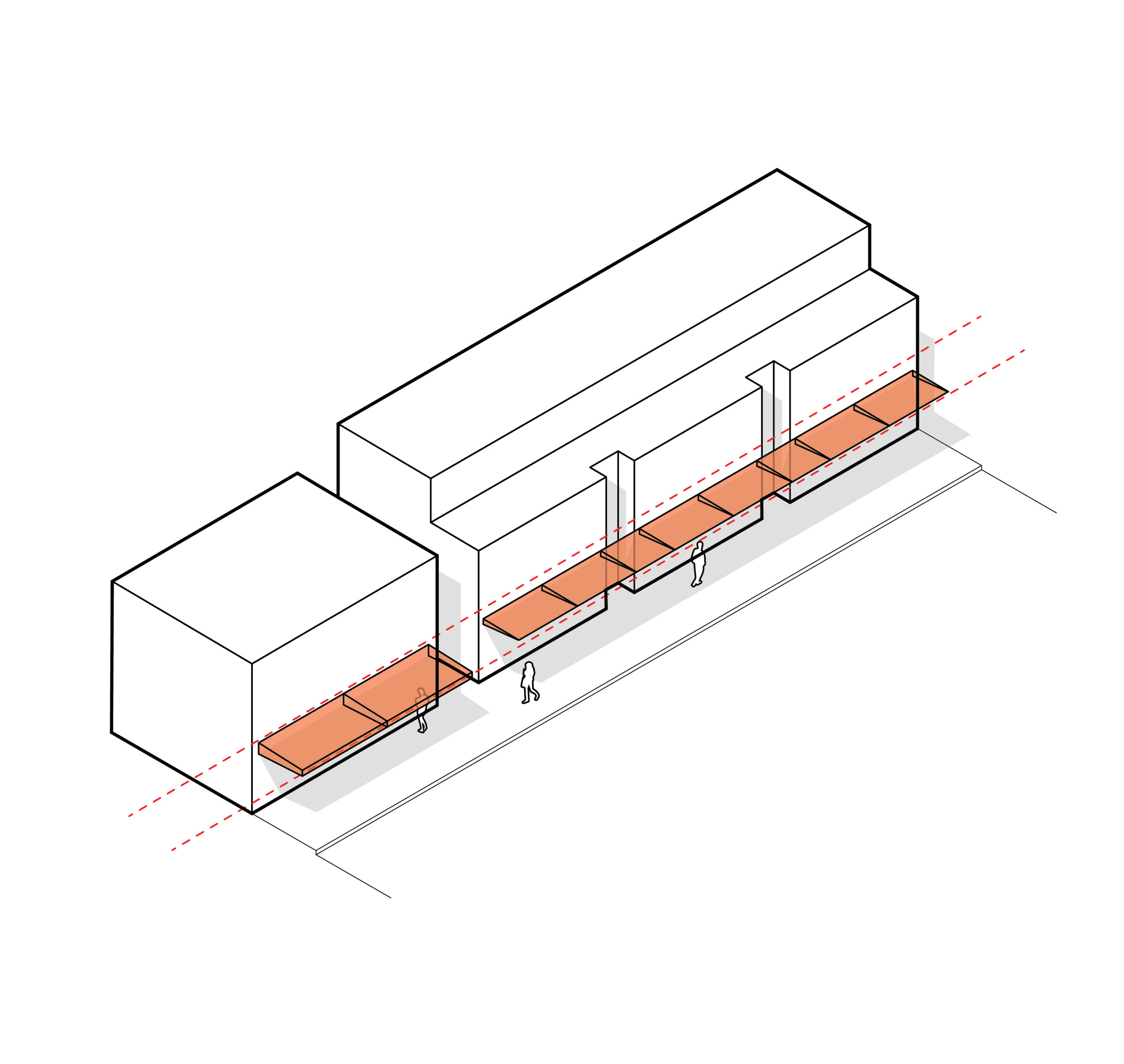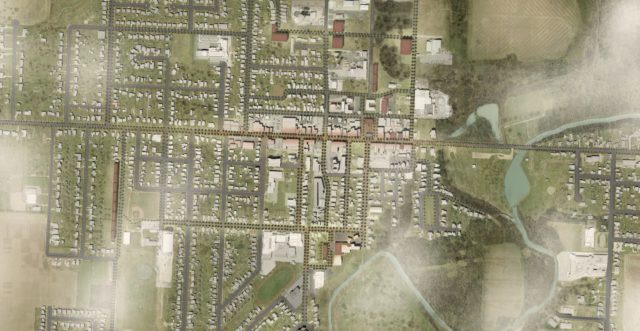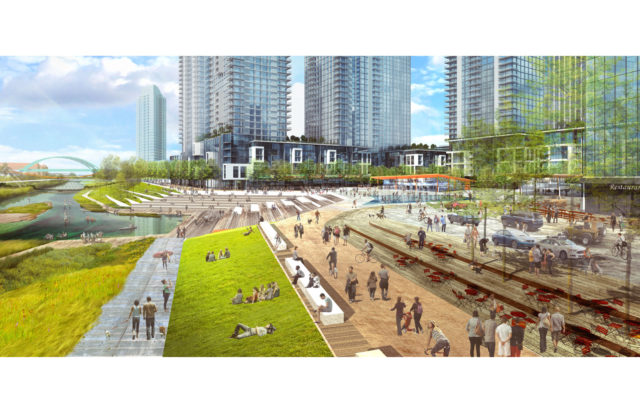
Abbotsford, where cars and parking lots have historically dominated the landscape, decided to rethink its future. “Abbotsforward” was a ground-breaking project that sparked dialogue with thousands of residents and culminated in a bold, new Official Community Plan (OCP). Developed through evidence-based design, the new Plan sets direction for growth to 200,000 residents, focusing new homes, shops, and jobs into denser neigbourhoods that support walking, cycling, and transit. Growth scenarios were developed to demonstrate how this Plan will increase transit ridership, reduce per capita greenhouse gas emissions, enable more residents to walk to work and groceries, and more. In addition to planning and urban design, DIALOG also provided public engagement services on this project.
- Location
- Abbotsford, BC
- Client
- The City of Abbotsford
- Completion
- 2016
- DIALOG Services
- Collaborators
Bunt & Associates
Kerr Wood Leidal Associates
Toderian Urban Works
Colliers
Planning & Urban Design
